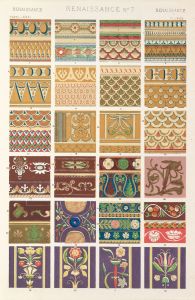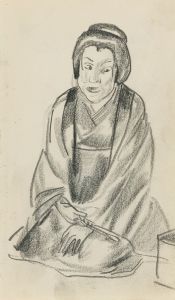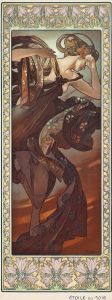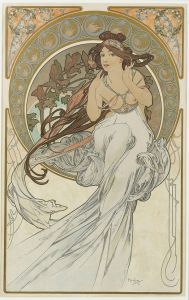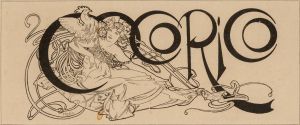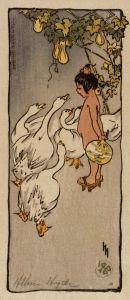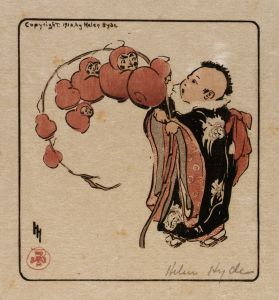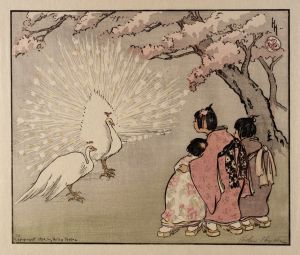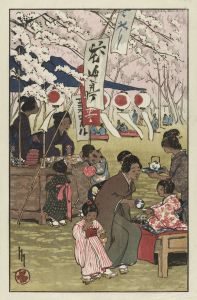
A Japanese Madonna
A hand-painted replica of Helen Hyde’s masterpiece A Japanese Madonna, meticulously crafted by professional artists to capture the true essence of the original. Each piece is created with museum-quality canvas and rare mineral pigments, carefully painted by experienced artists with delicate brushstrokes and rich, layered colors to perfectly recreate the texture of the original artwork. Unlike machine-printed reproductions, this hand-painted version brings the painting to life, infused with the artist’s emotions and skill in every stroke. Whether for personal collection or home decoration, it instantly elevates the artistic atmosphere of any space.
"A Japanese Madonna" is a notable work by the American artist Helen Hyde, who was renowned for her contributions to the field of printmaking in the late 19th and early 20th centuries. Born in 1868 in Lima, New York, Hyde became one of the pioneering figures in introducing Japanese woodblock printing techniques to Western audiences. Her work is characterized by its delicate lines, attention to detail, and the incorporation of Japanese aesthetics.
Hyde's interest in Japanese art began during her studies in Europe, where she was exposed to the burgeoning Japonisme movement, which celebrated Japanese art and design. This interest deepened when she traveled to Japan in 1899, where she studied under the tutelage of Japanese printmakers such as Kano Tomonobu. Her time in Japan profoundly influenced her artistic style, leading her to adopt the traditional ukiyo-e techniques that became a hallmark of her work.
"A Japanese Madonna" is one of Hyde's most celebrated prints, created in 1902. The piece exemplifies her ability to blend Western themes with Japanese artistic methods. The print depicts a serene and tender scene of a Japanese mother holding her child, reminiscent of the Christian iconography of the Madonna and Child. This fusion of cultural elements is a testament to Hyde's skill in bridging Eastern and Western art traditions.
The composition of "A Japanese Madonna" is notable for its simplicity and elegance. Hyde employs a limited color palette, which is typical of Japanese woodblock prints, using soft, muted tones to convey a sense of tranquility and intimacy. The figures are rendered with delicate lines and subtle shading, highlighting Hyde's mastery of the woodblock technique. The mother's gentle expression and the child's peaceful demeanor evoke a universal theme of maternal love and care.
Hyde's work, including "A Japanese Madonna," was well-received both in Japan and internationally. Her prints were exhibited widely, and she became a member of the prestigious Société Nationale des Beaux-Arts in France. Hyde's contributions to the art world were significant in that she not only popularized Japanese printmaking techniques in the West but also paved the way for future artists to explore cross-cultural artistic exchanges.
Throughout her career, Helen Hyde produced numerous prints that continued to explore themes of everyday life in Japan, often focusing on women and children. Her work remains an important part of the history of printmaking, celebrated for its innovative approach and its role in fostering a greater appreciation for Japanese art in the Western world.
In summary, "A Japanese Madonna" is a quintessential example of Helen Hyde's artistic legacy, showcasing her ability to harmonize Western and Japanese artistic traditions. Her work continues to be studied and admired for its technical proficiency and its cultural significance, reflecting a unique period of artistic exchange between East and West.





